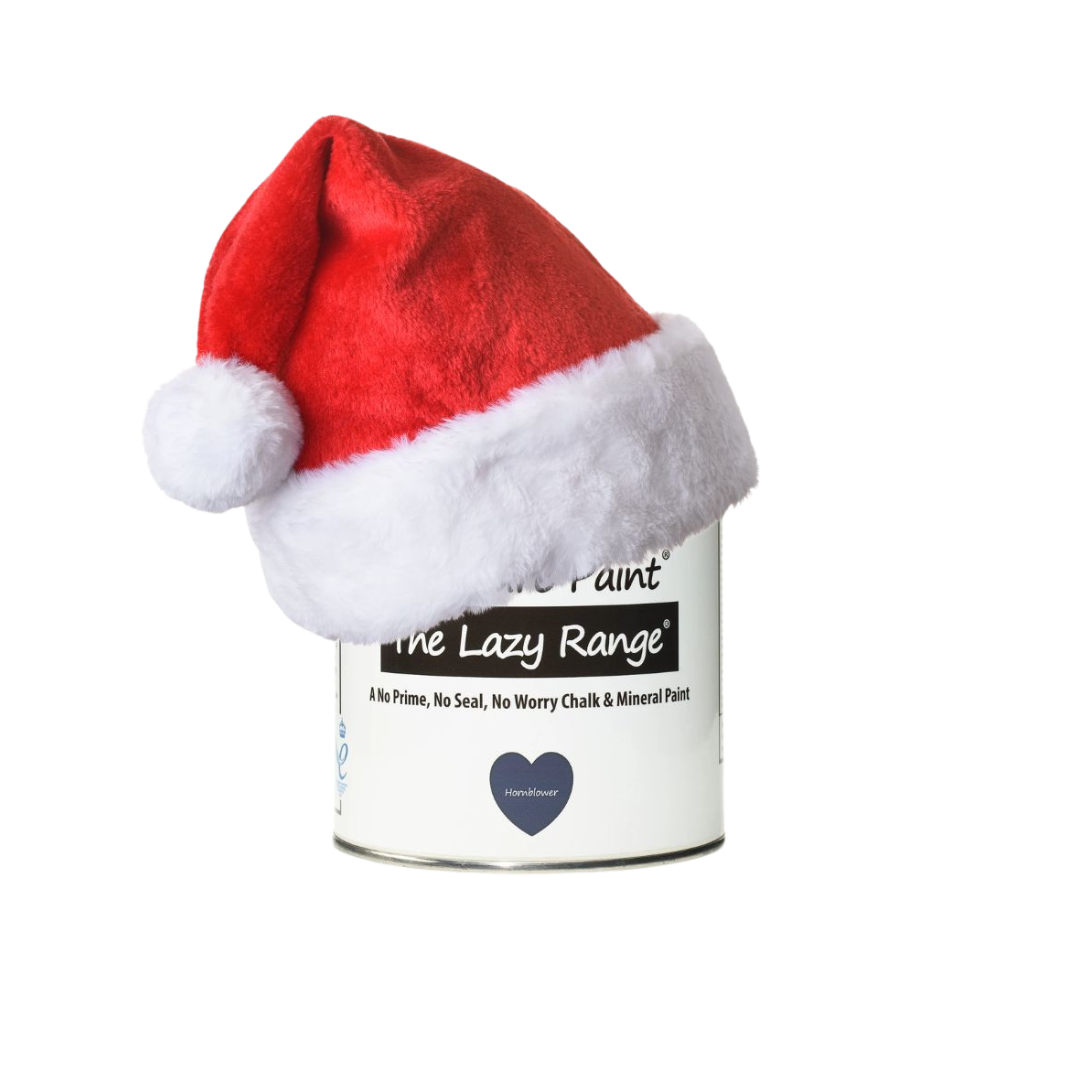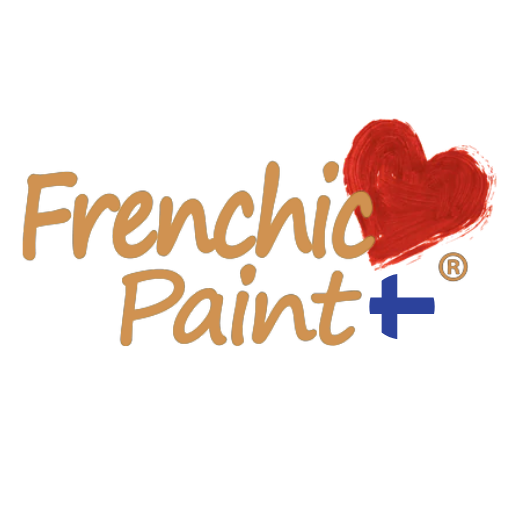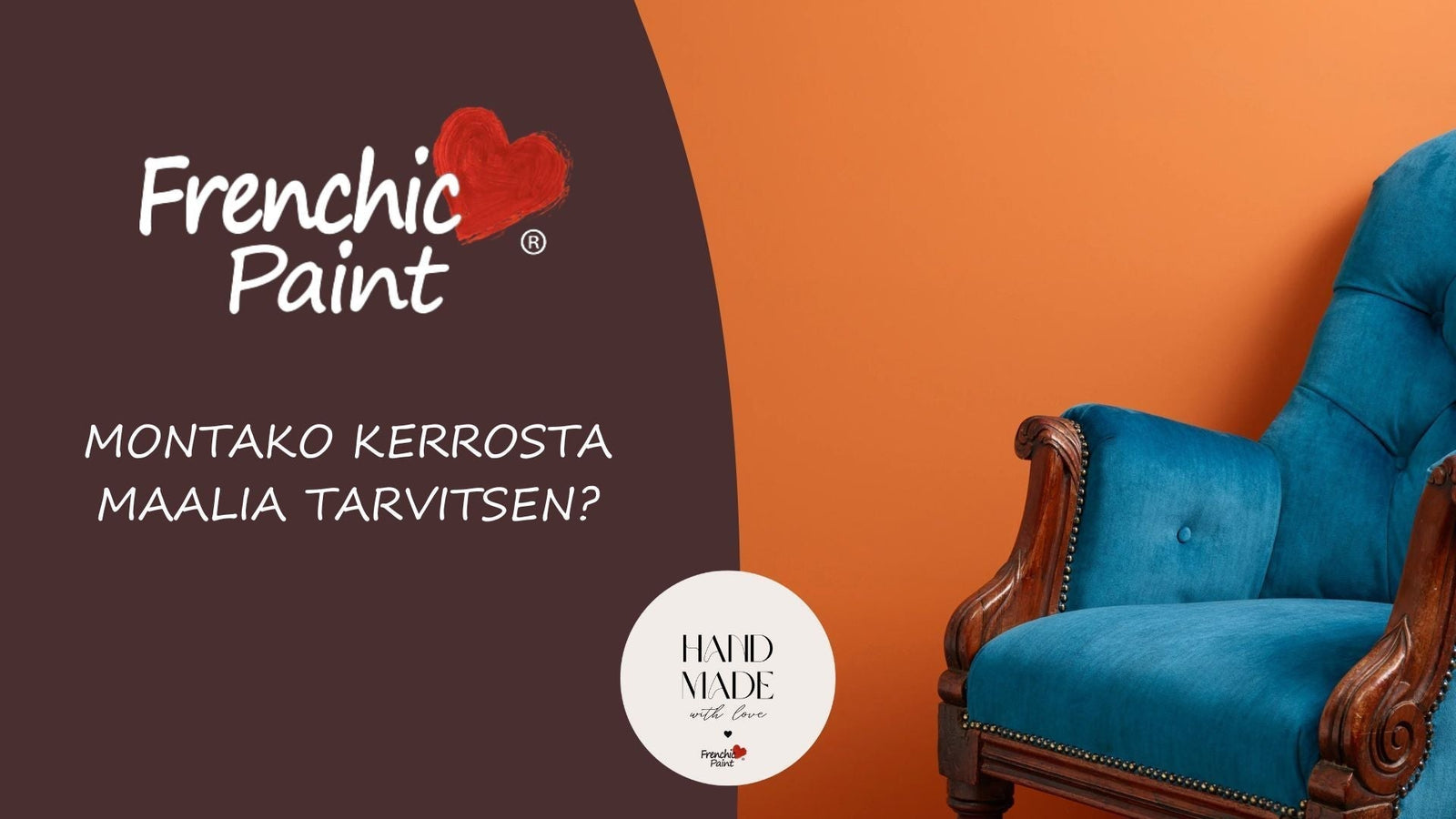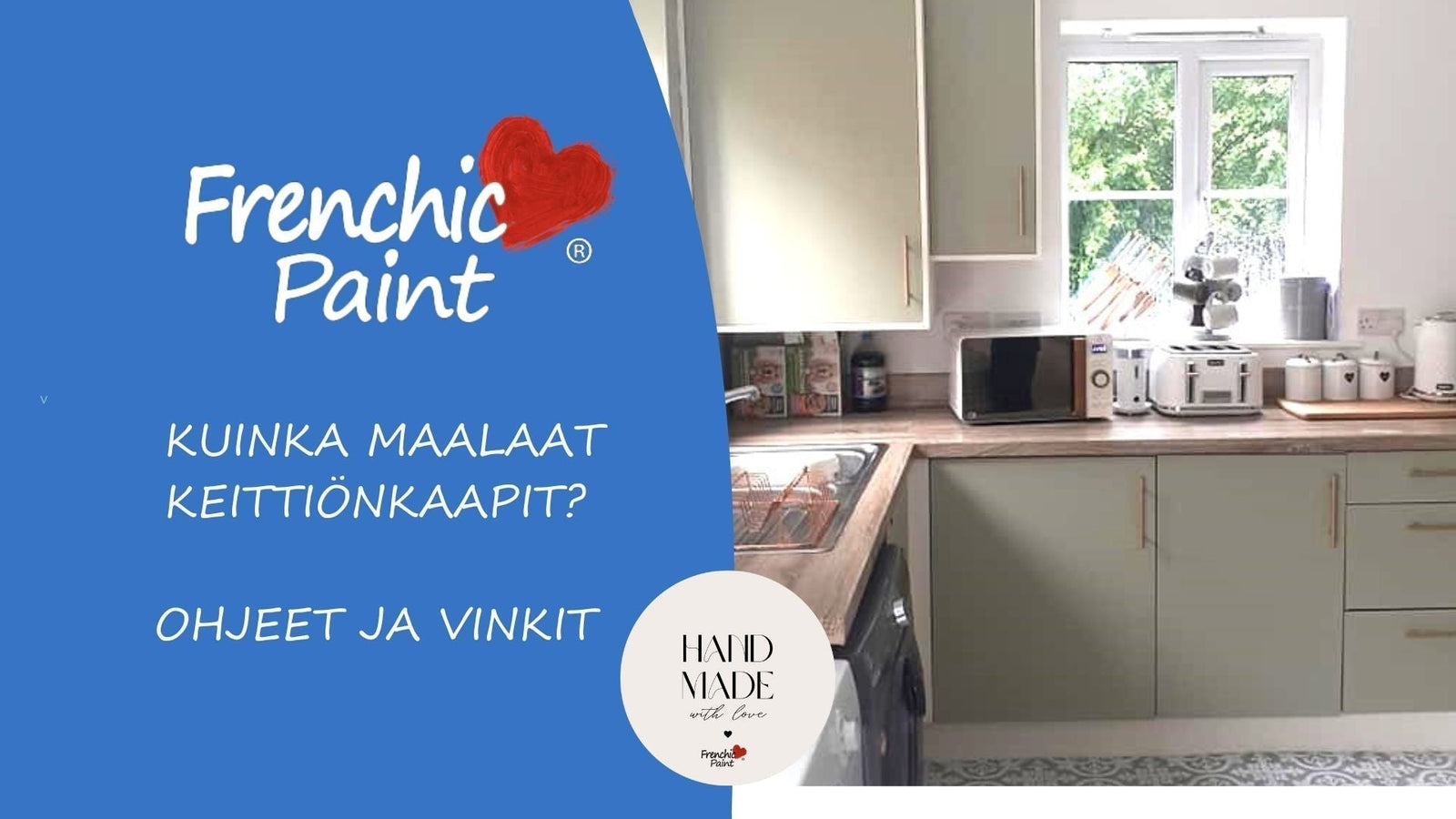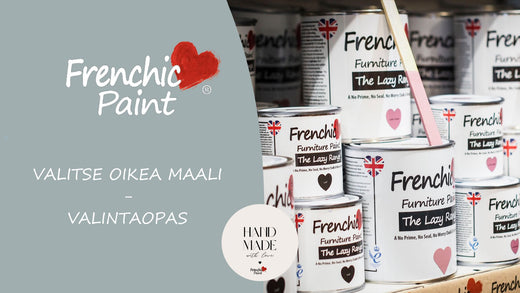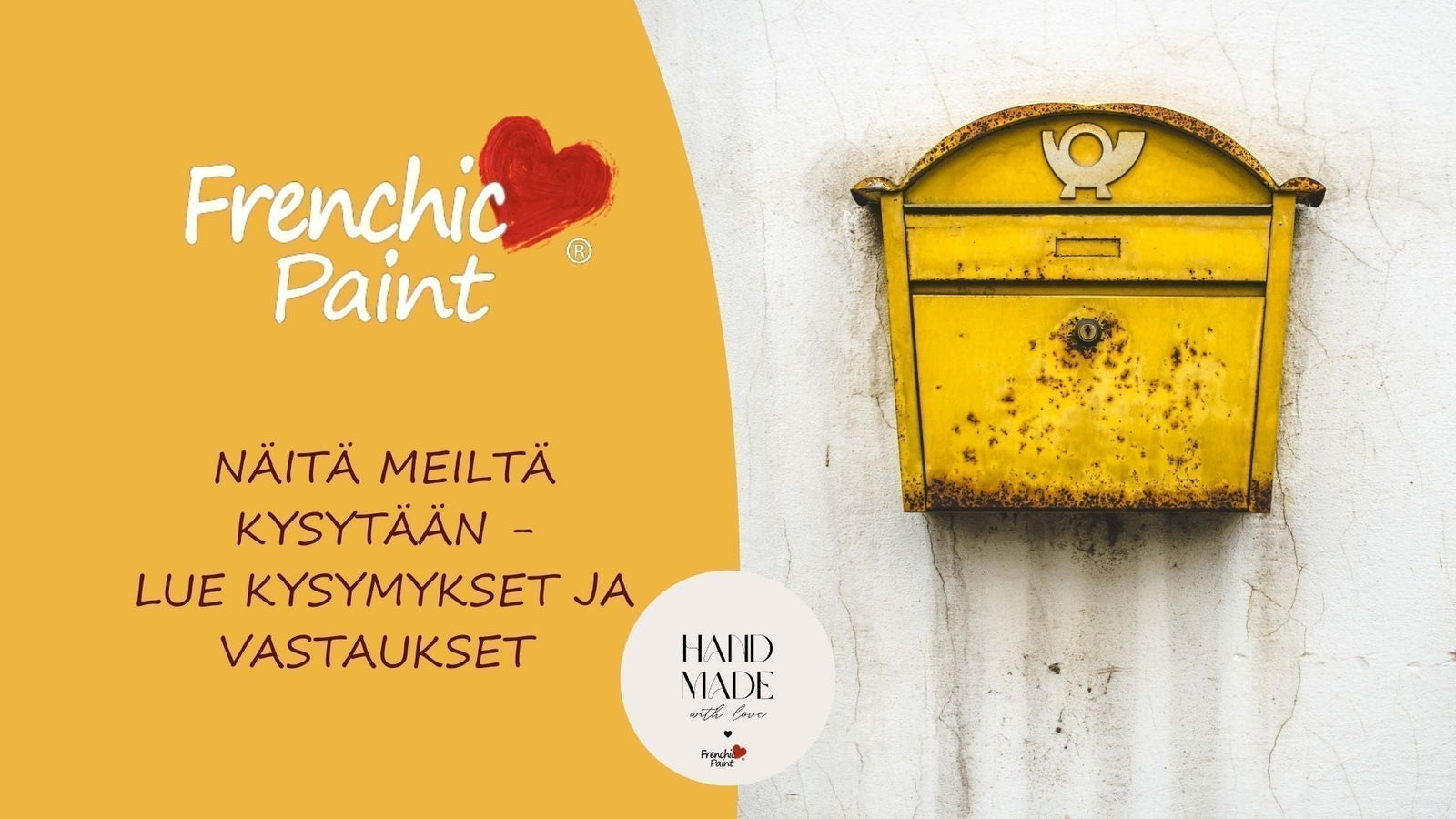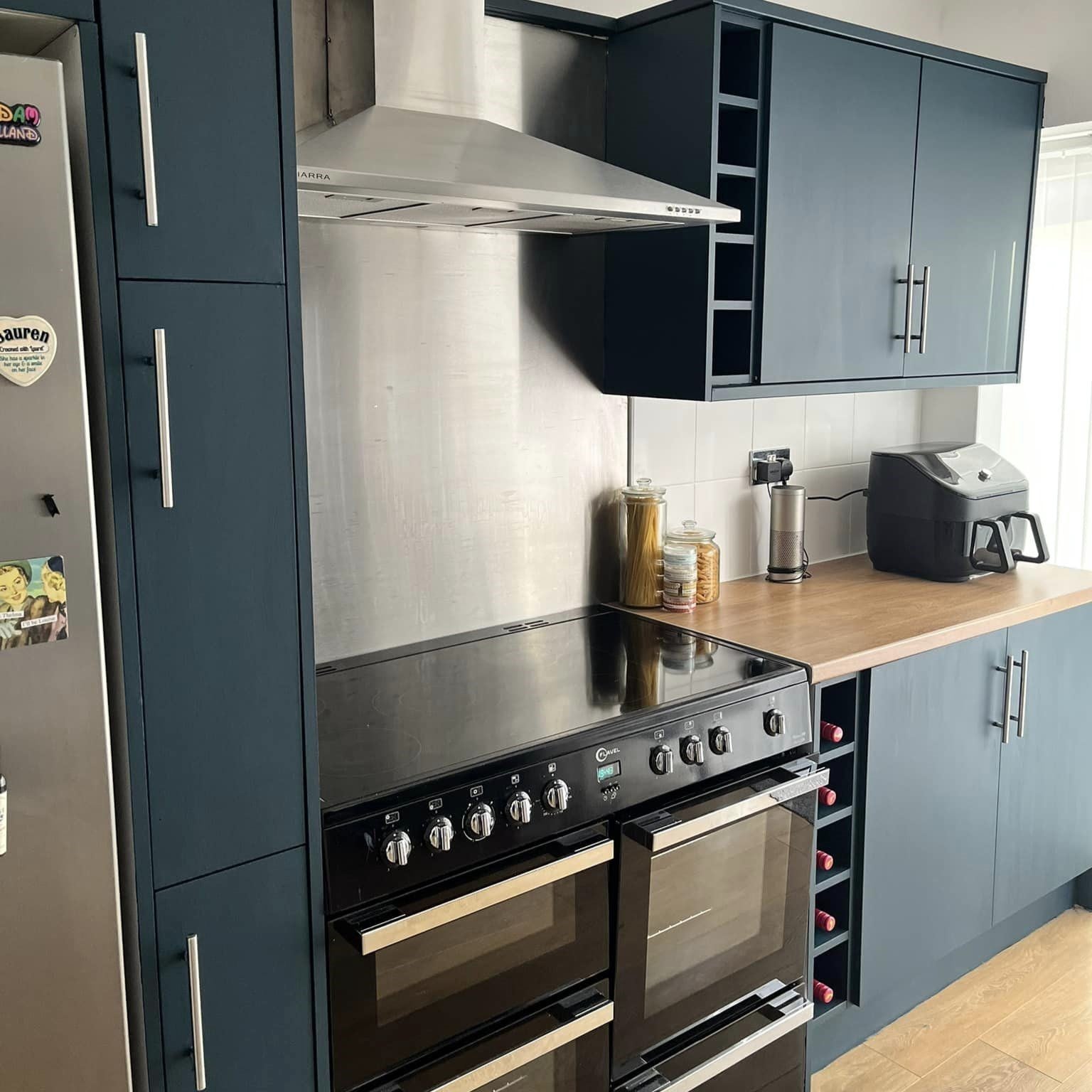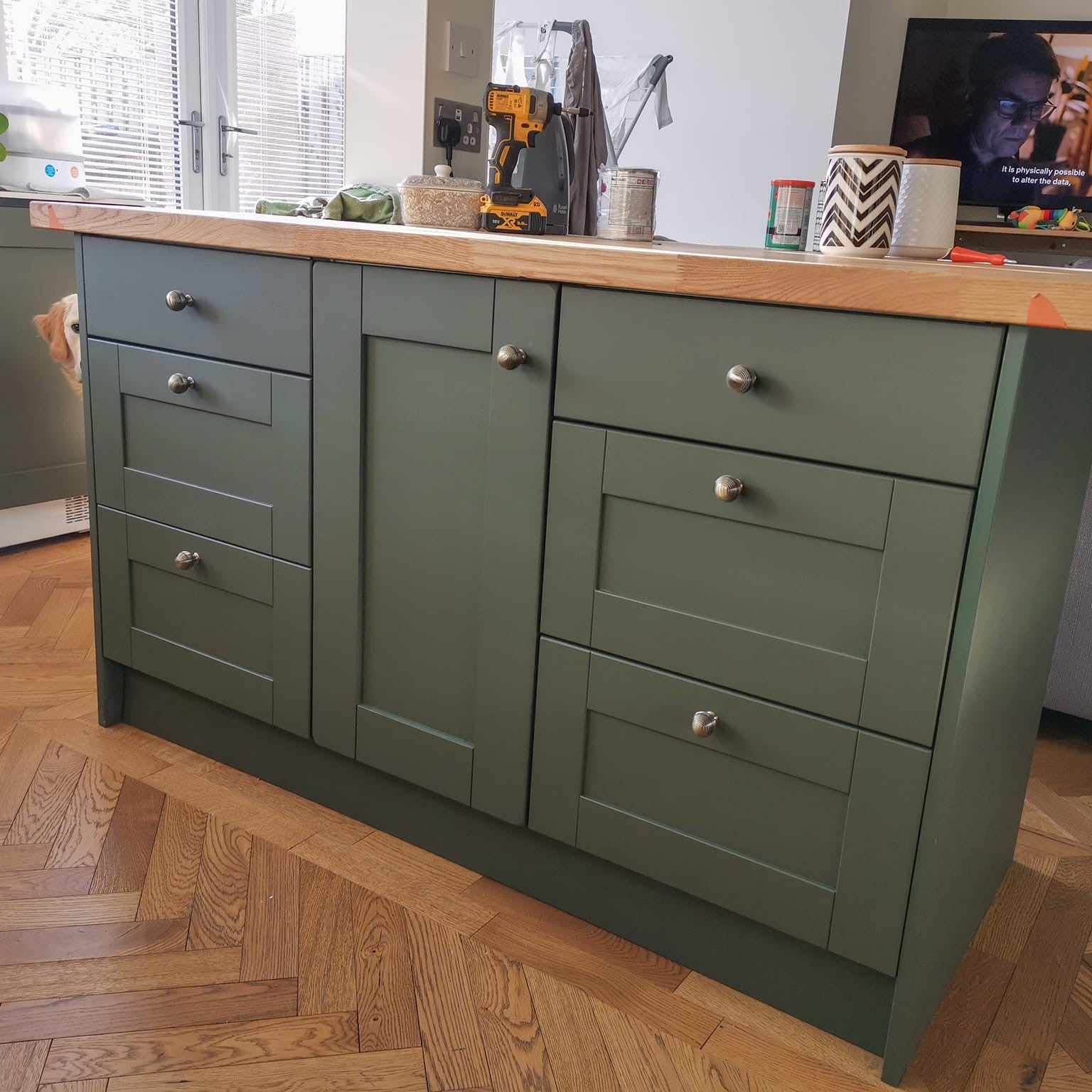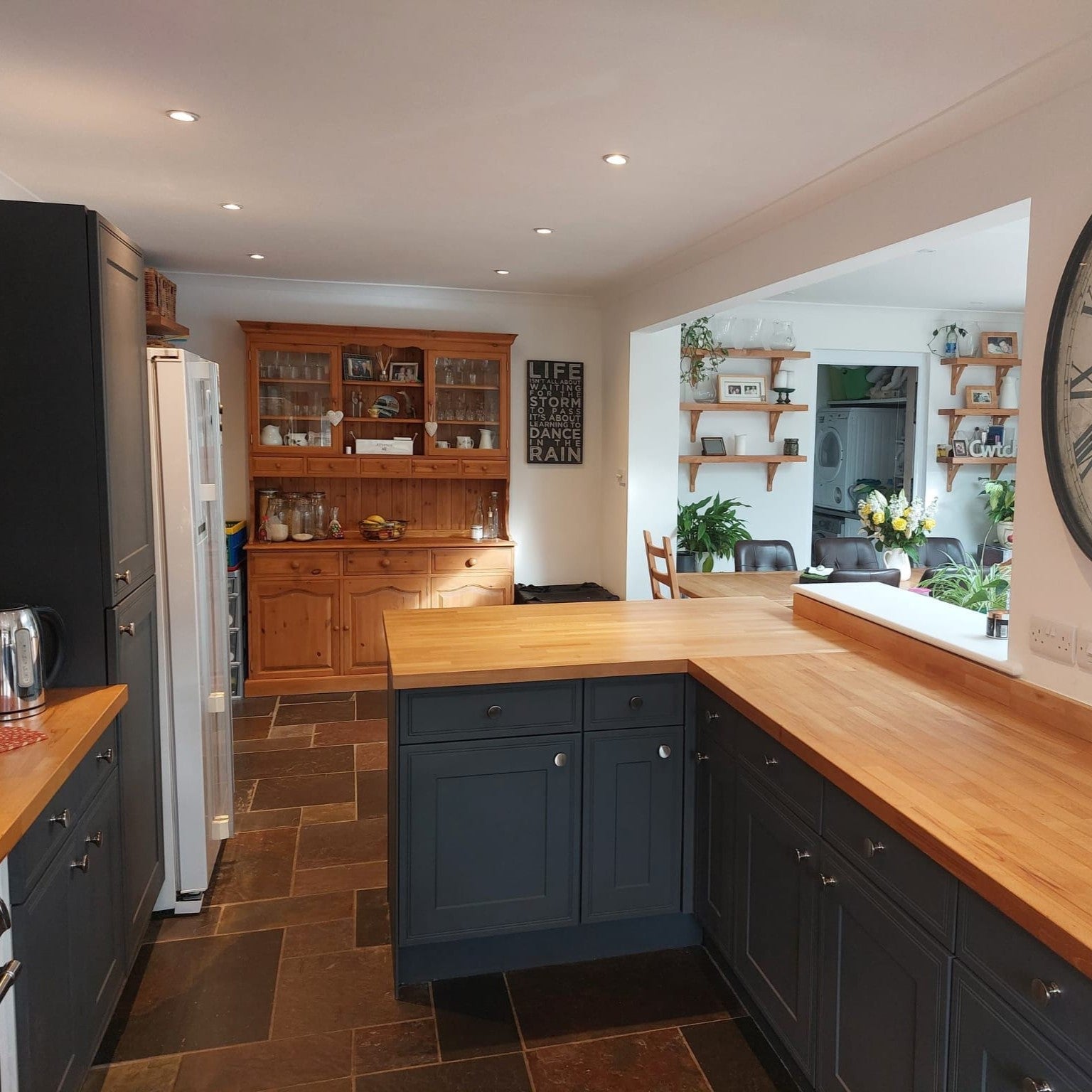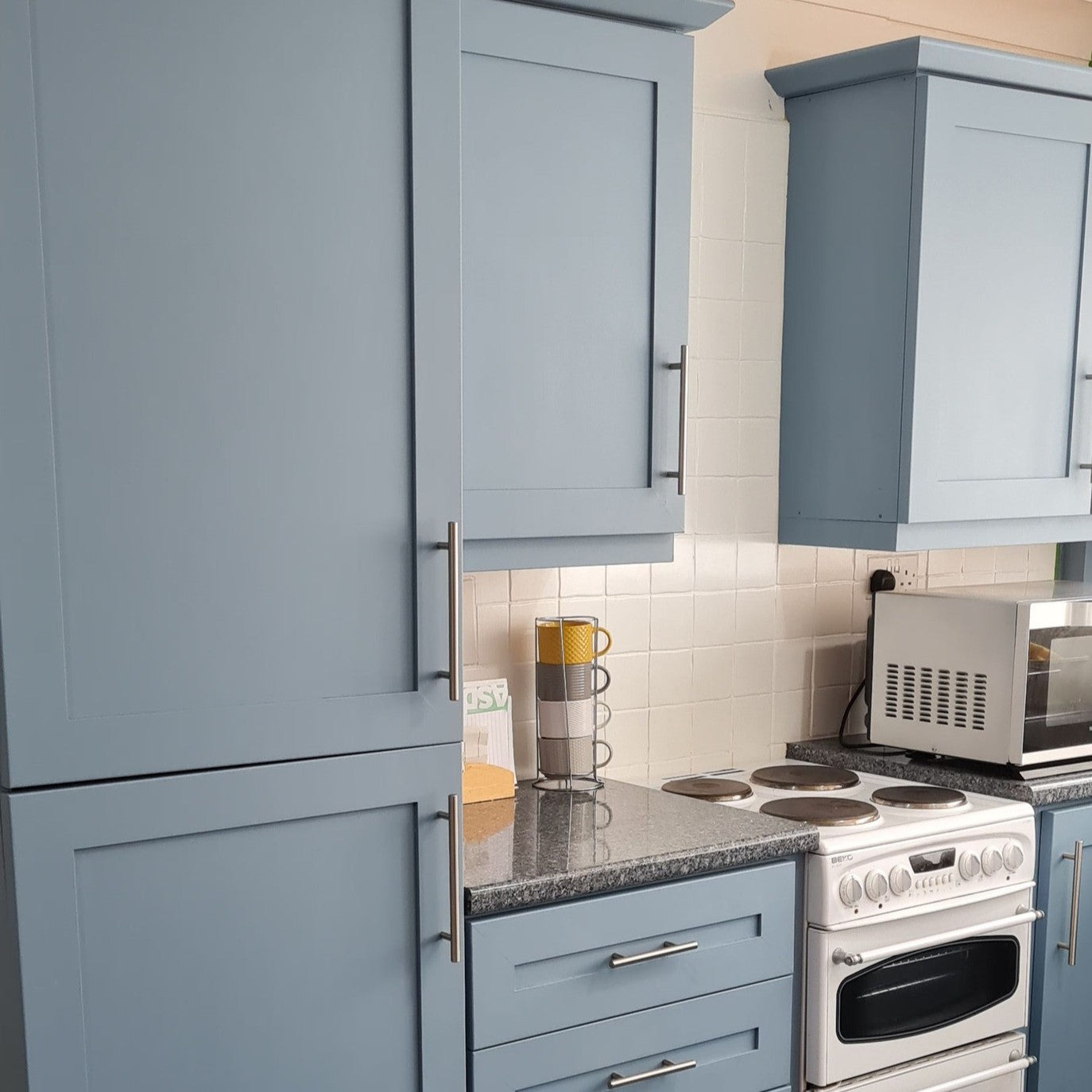How many coats of paint do I need?

Many factors affect the coverage and coverage of a painting project, often the sum of several factors.
The manufacturer has tested the paints on a flat, non-absorbent, neutral-colored surface. If the surface material of your project differs from this, test the surface first to see how the surface is covered. Since there are as many projects as there are painters, here are some tips for assessing the paint progress of your own project.
Paint consumption increases from normal on these surfaces, for example:
Patterned and other uneven surfaces, such as fiberglass wallpaper, embossed wallpaper, wicker surfaces, rattan. Grooved surfaces, such as panels. Clean, porous surfaces sometimes absorb paint surprisingly well. Such surfaces include bare MDF boards, raw boards and clean wooden surfaces.
The coverage of Frenchic paint is one of the most impressive features of our paint, in addition to its beautiful smoothness, fast drying time and stunning shades.
-
Recommended number of layers
Two, at least. Most painting projects require at least two full coats of Frenchic paint to achieve a durable and beautiful finish. However, the number of coats needed may vary depending on the surface material and other factors. I let the first coat dry completely before applying the next.
2. Porous and textured surfaces
Porous materials, such as bare MDF, can absorb moisture from the paint and cause unevenness. For this reason, it is recommended to use a thin layer of paint, known as a "mist coat", as a primer before adding the actual paint layers. You can also seal the porous surface with a Finishing Coating . Similarly, other shaped surfaces, such as paneling, fiberglass wallpaper or grooved strips, and clean wood surfaces or raw boards will naturally take more paint than normal.
The same applies to painting new plaster. Plaster should always be painted with a thinned primer before applying two full coats of paint to achieve an even and beautiful finish.
3. Color opacity
The opacity of paint colors can vary. For example, gray shades often cover well with two coats, while red and bright shades may require more coats. The color of the surface being painted, i.e. the base color, also affects the final result. Light shades may need more coats to cover a dark surface, and correspondingly dark shades require additional coats to completely cover a light base. The opacity is also affected by the tool you choose, the working method and careful mixing of the paint.
4. Layers of the right thickness
Remember to check the recommendations on the paint can for coverage and application rate. Applying too thin layers can reduce the durability and hiding power of the paint surface. Thin layers of paint usually require more than two to cover the surface evenly. If you notice that you are painting an area that should use a certain amount of paint according to the can, but there is a lot of paint left over, the layers are probably too thin. Choose undamaged and clean rollers, brushes, etc. as your work tools to ensure that the paint is applied evenly. For example, a thick-pile roller always uses more paint than painting with a brush. Spray painting also uses more paint than normal and often requires more than two layers.
5. Mix the paint thoroughly before starting
The importance of mixing paint carefully cannot be overemphasized. Carefully lift the color pigment from the base by stirring the paint. Observe the drying time of the layer and only judge the shade after two layers, when dry. Reserve enough paint to complete the project, especially for larger projects. If the base you are painting is different from the usual, test first.
6. Choose the right paint set for your project
This guide will help you choose the right paint for your project. In short: all Frenchic series are suitable for interior projects, only the Al Fresco series is suitable for painting outdoor furniture.
With these tips and using the right amount of paint, you will ensure that you get a beautiful and long-lasting result for every painting project!
